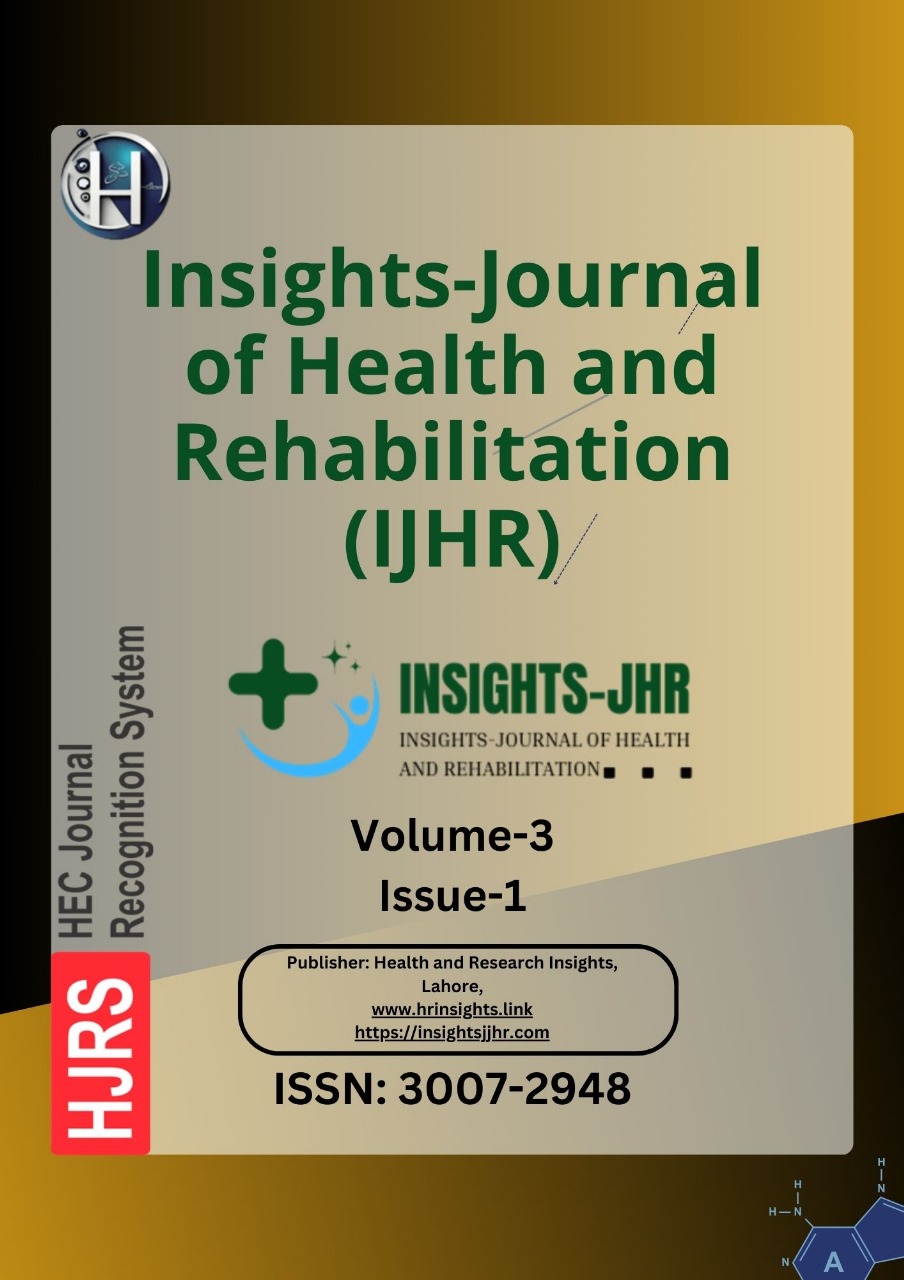COMPARISON OF CENTRAL CORNEAL THICKNESS MEASUREMENTS USING ANTERIOR SEGMENT OPTICAL COHERENCE TOMOGRAPHY (OCT), CORNEAL TOPOGRAPHY AND SPECULAR MICROSCOPY
DOI:
https://doi.org/10.71000/ne7ert65Keywords:
Anterior segment optical coherence tomography, Central corneal thickness, Corneal topography, Intraocular pressure, Optical coherence tomography, Pachymetry, Specular microscopyAbstract
Background: Central corneal thickness (CCT) is a crucial parameter in ophthalmology, influencing the diagnosis and management of various corneal and glaucomatous conditions. Accurate CCT assessment is essential for clinical decision-making, surgical planning, and disease monitoring. Multiple imaging modalities, including anterior segment optical coherence tomography (AS-OCT), corneal topography (CT), and specular microscopy (SM), are commonly used for CCT measurement. However, variations in measurement accuracy and agreement among these techniques necessitate comparative evaluation to determine their clinical interchangeability.
Objective: To determine the agreement of CCT measurements obtained using AS-OCT, CT, and SM in healthy individuals and assess the correlation between these modalities.
Methods: This prospective, cross-sectional study was conducted at the Armed Forces Institute of Ophthalmology from September 2023 to February 2024. A total of 125 right eyes of healthy volunteers aged 18–50 years with normal corneas (spherical equivalent: -2.00 D to +2.00 D, intraocular pressure <21 mmHg) were included. CCT was measured using Shin-Nippon SPM-700 (SM), TMS-5 Tomey (CT), and TOPCON 3D OCT-2000 (AS-OCT). Each measurement was performed three times by a single examiner, with a five-minute interval between devices. Pearson's correlation coefficient (r) was used to assess agreement among the techniques, with p ≤ 0.001 considered statistically significant.
Results: The mean age of participants was 35.33±8.32 years (range: 21–50 years), with 55.2% males and 44.8% females. The mean CCT values obtained were 505.74±11.36 μm (SM), 528.79±13.12 μm (CT), and 518.46±19.54 μm (AS-OCT). A strong correlation was observed between CT and AS-OCT (r = 0.51, p ≤ 0.001), followed by a moderate correlation between SM and AS-OCT (r = 0.39, p ≤ 0.001) and a weaker but significant correlation between SM and CT (r = 0.36, p ≤ 0.001).
Conclusion: CCT measurements obtained using AS-OCT, CT, and SM demonstrated reasonably consistent results, with AS-OCT and CT exhibiting the highest agreement. However, variations in correlation strength suggest that these modalities may not be directly interchangeable without adjustment. These findings emphasize the need for careful selection of measurement techniques based on clinical requirements.
Downloads
Published
Issue
Section
License
Copyright (c) 2025 Shingrif Shabbir, Abdul Rauf, Shabir Ahmed, Muqaddas Noor, Nida Hafeez, Raheela Hafiz (Author)

This work is licensed under a Creative Commons Attribution-NonCommercial-NoDerivatives 4.0 International License.







